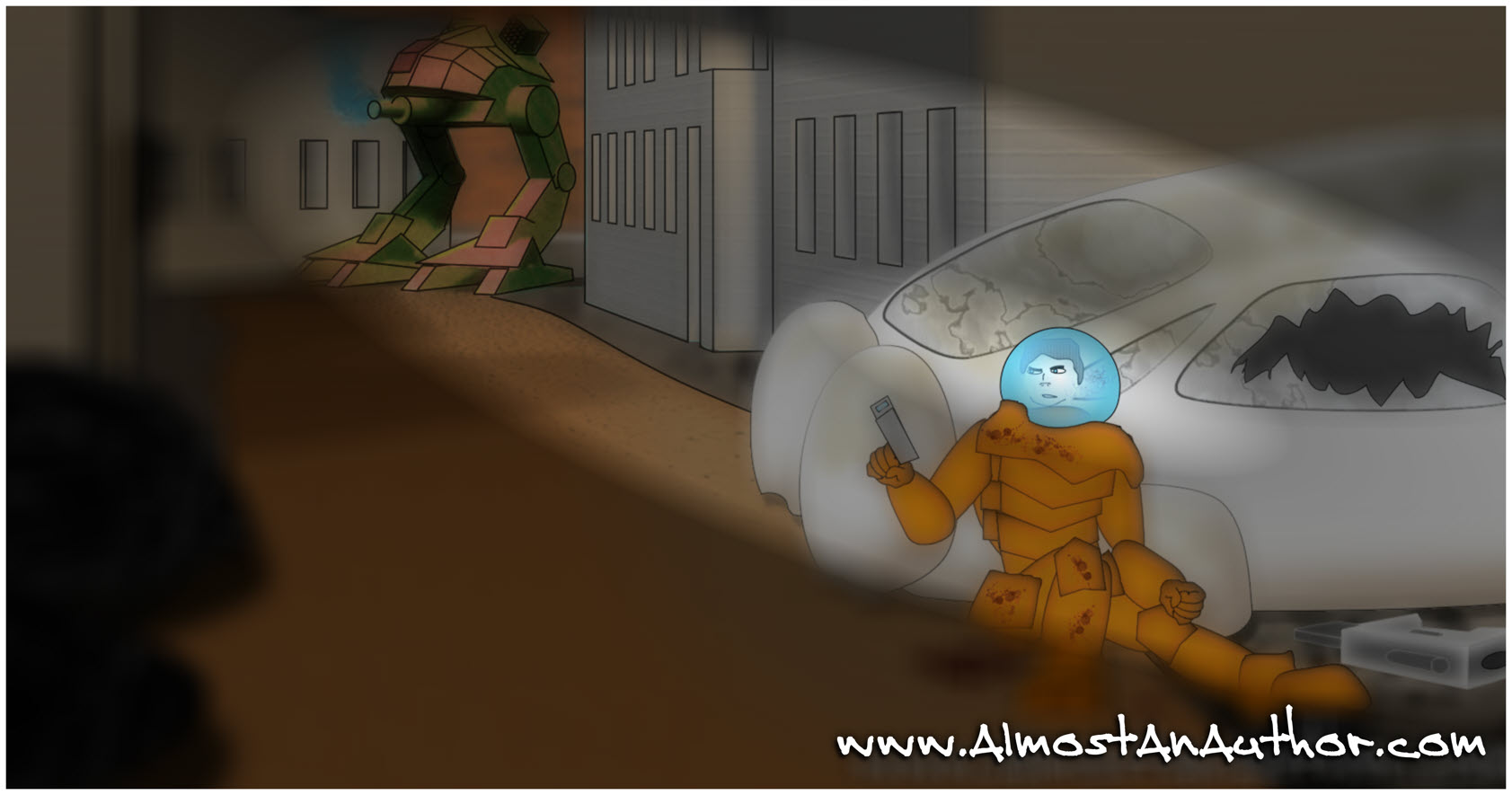
Happy Days Are Here Again
A few years ago, I got to the point where I could not watch the evening news. It was…
August 6, 2024
A few years ago, I got to the point where I could not watch the evening news. It was…
August 6, 2024
What is it and why should we write this way? One of the trends in writing today is the…
June 25, 2021
In Harper Lee’s To Kill a Mockingbird (1960), the character Atticus Finch says, “You never really understand a person…
September 24, 2020
Choosing a perspective character is one of the biggest choices when it comes to writing your novel. There are…
August 7, 2020
Point of view (POV) is essential in all forms of fiction to describe the action as the character experiences…
July 23, 2020
As we continue this editing series how we can develop a great story, I hope you’re able to see…
March 22, 2020
Writing is a funny art because agents and editors (freelance and publishing house) tell us to write, write, write…
August 22, 2018
A writer must find the perfect balance when describing characters, especially when introducing them to a reader for the…
June 19, 2017
Third Person In my last post, I explained that Point of View is one of the choices writers have…
November 29, 2016
The carbine was still jammed and Jim couldn’t do anything to fix it. He finally tossed it aside and…
November 9, 2016
Twice in the last year, my husband and I have made the trip from Denver to Grand Junction, Colorado.…
October 28, 2016
Have you ever tried to tell your friends about an experience you had, but they didn’t give you the…
October 9, 2016
Welcome to The Efficiency Addict column, helping writers work more effectively every single day. For the next few months,…
September 25, 2016